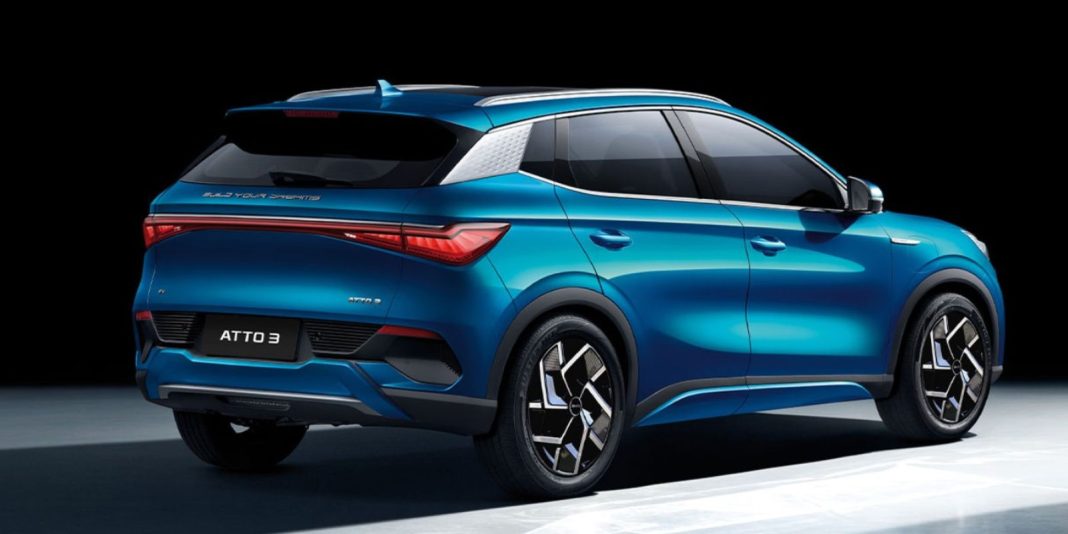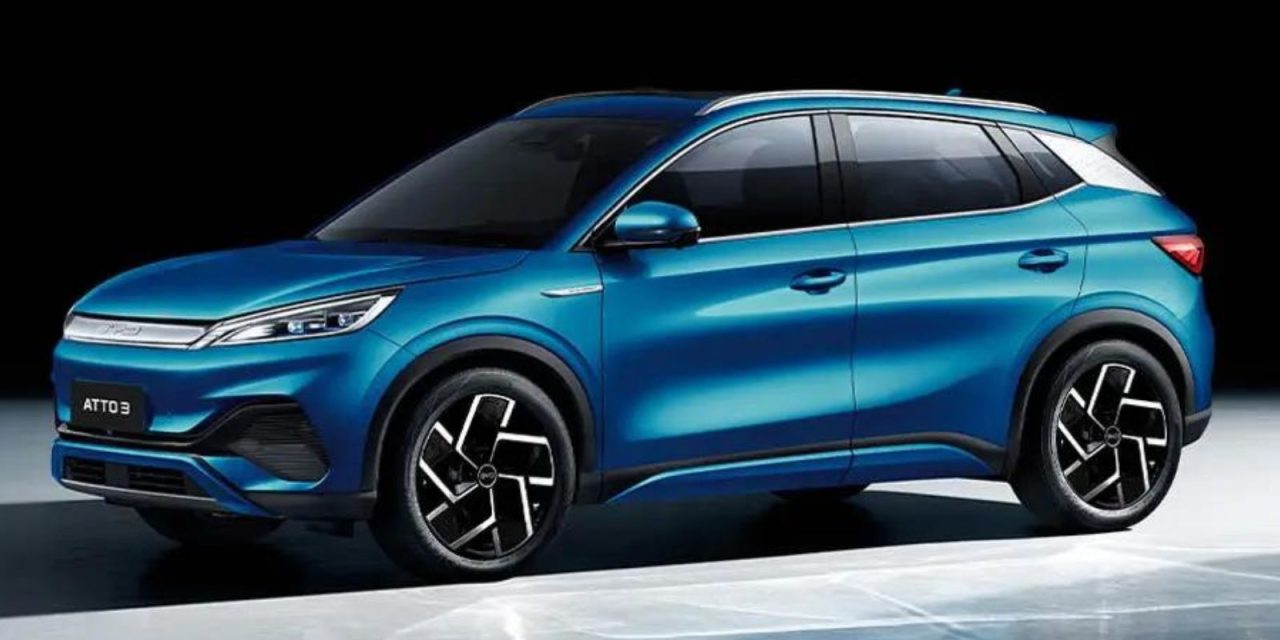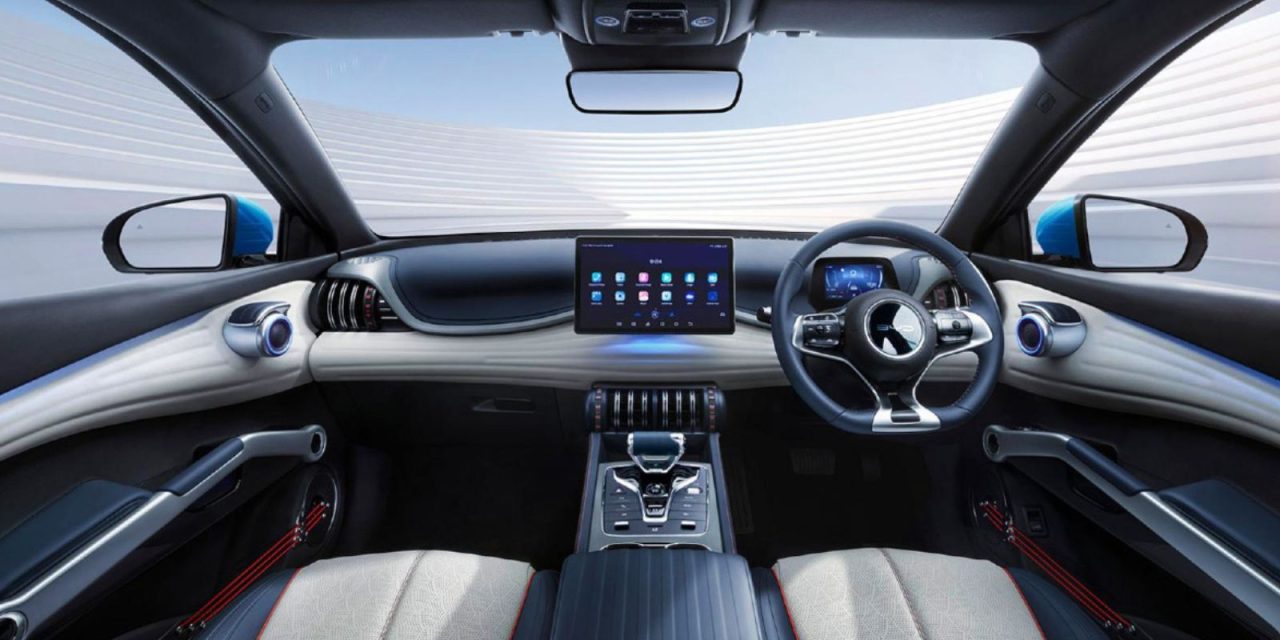
China-based BYD recently became the world’s largest EV maker and is all set to introduce the new Atto 3 in India next month
Build Your Dreams (BYD) is currently working on expanding its line-up in the Indian market with the launch of the new Atto 3 and a couple of other electric cars soon. The Chinese carmaker also became the largest EV maker globally and recently commenced deliveries of the new Atto 3 in the Australian market ahead of the launch of this electric crossover in India on October 11, 2022.
The new BYD Atto 3 will be sold by EVDirect, the local distributor for BYD vehicles in Australia and India will also get dedicated dealerships. This electric vehicle features a front-mounted electric motor that boasts a maximum power output of 204 PS and 310 Nm. The Atto 3 will be offered with two battery packs – 60.48 kWh and 49.92 kWh.
Both these versions get the Blade EV battery and support Type 2 AC charging up to 7 kW and CCS2 DC fast charging. The Atto 3 offers a maximum range of up to 420 km depending on the variant you opt for.
The Atto 3 is based on the E3 platform and measures 4455 mm in length, 1875 mm in width, 1615 mm in height and has a wheelbase of 2720 mm. The dimensions make it larger than the Hyundai Kona. In India, the brand is expected to introduce the new Atto 3 via the SKD route (semi-knocked down) assembly route and is likely to price it at around Rs 35 lakh.
Inside, you get features like a large panoramic sunroof, a 12.8 touchscreen infotainment system with Android Auto and Apple CarPlay, automatic climate control, PM 2.5 air filter, synthetic leather upholstery, powered front seats, wireless charging pad, and keyless entry and start.
On the safety front, the Atto 3 will be offered with features like seven airbags, a 360-degree view monitor, front and rear parking sensors, and hill descent control. The active driver assist features include features like adaptive cruise control, autonomous emergency braking, front and rear collision warning, blind spot monitoring, lane departure warning and lane keeping assist, and rear cross-traffic alert and braking.


